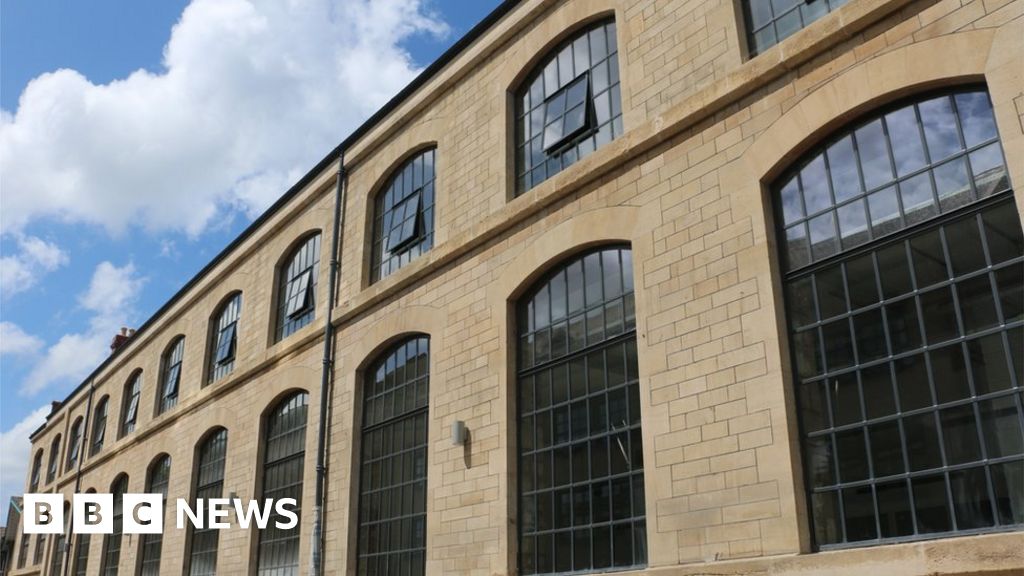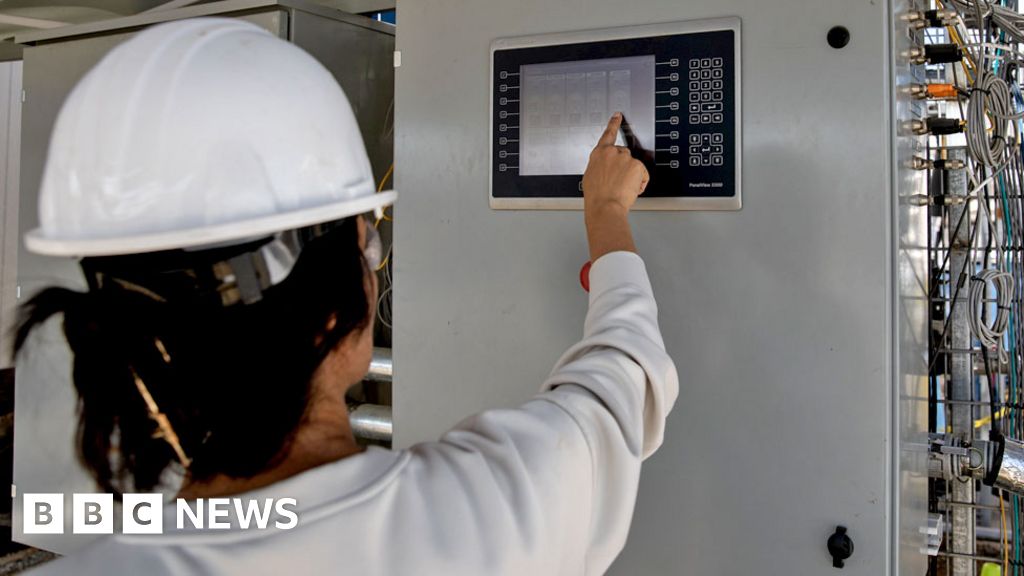
The challenge of upgrading iconic steel windows
Every winter, architect Kevin Adams would perform his early morning ritual of devotion. Cloth in hand, he'd head to the stylish Crittall windows in the East London flat where he once lived - because these windows, though stylish, were also sopping wet.
"You'd know to expect it - you wipe it down, you open the window as soon as you can, you don't let it puddle or rot the sills," he says of the moisture that used to form on the single-glazing and thin steel frames of his windows when the weather was cold.
"I put up with it because I loved them. We do all kinds of things for love, don't we?"
Not everyone who has lived with vintage steel-framed windows feels so affectionate towards them, however.
Crittall Windows became synonymous both with modernism - and condensation, which can lead to serious problems such as mould, says Mr Adams, a teaching fellow at the Edinburgh College of Art.
While many consider such windows iconic and a key part of British architectural heritage, given today's high energy prices and rising awareness around the dangers of mould, efficient windows have become essential. Crittall, like all other companies in the glazing industry, has had to stay relevant to survive.




